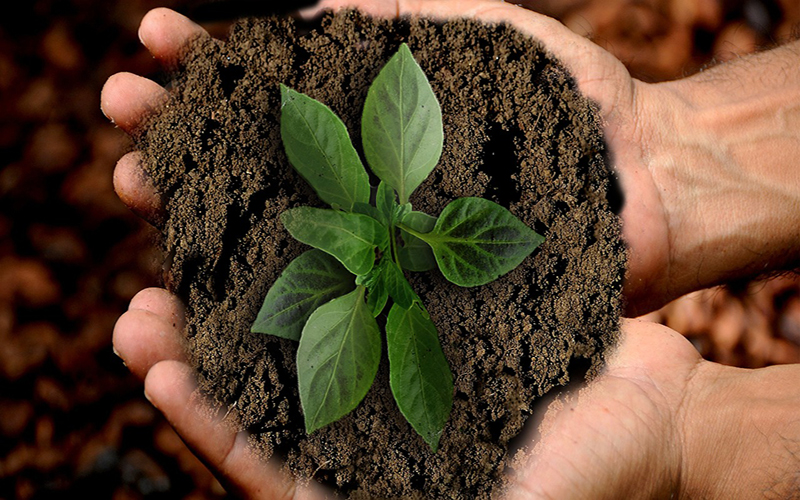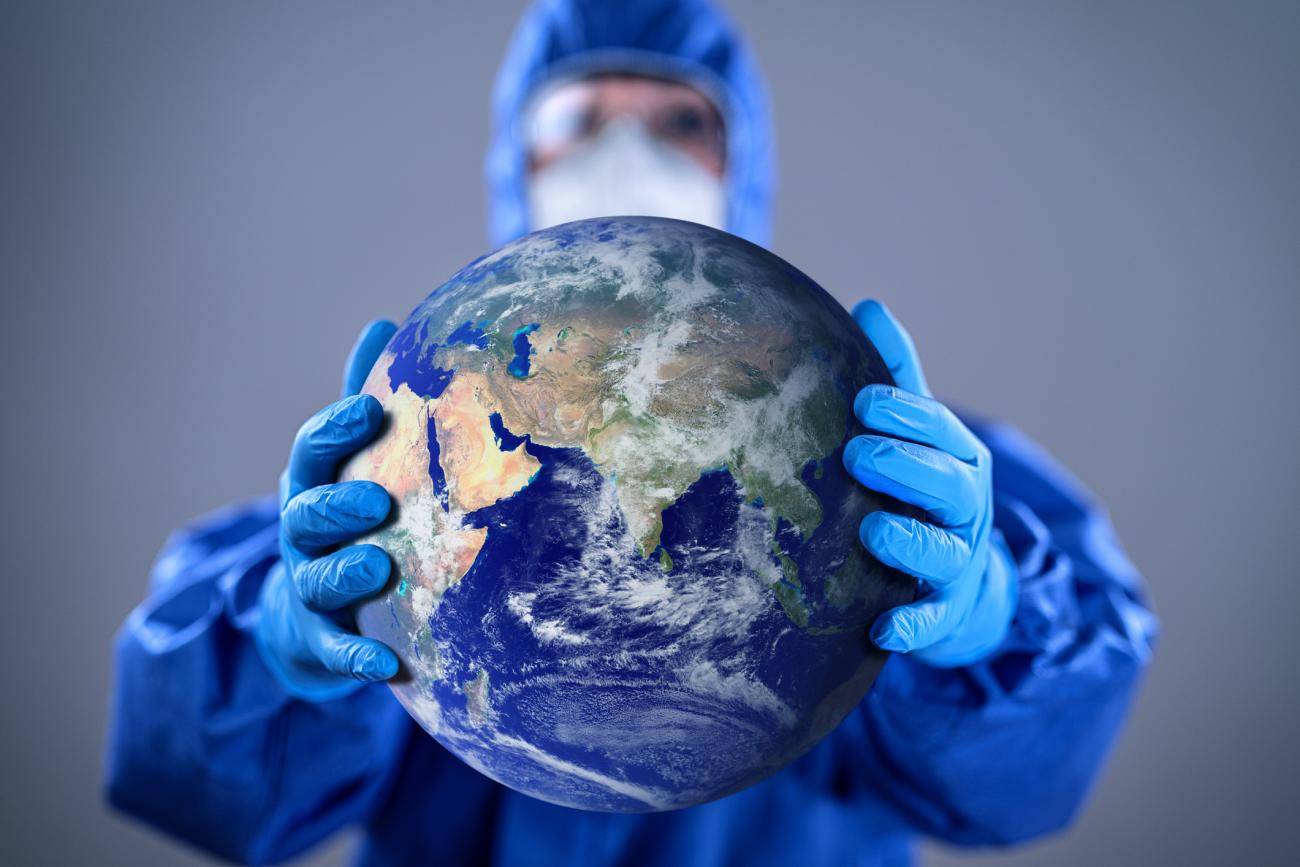The Earth is a complex system that supports the existence of all living beings. However, over the years, human activity has caused significant damage to the environment. We have exploited natural resources, from deforestation to pollution, without considering the long-term consequences.
The hour needs to adopt sustainable practices to help us preserve the Earth for future generations. This article will explore the percentage role in measuring human activity's environmental impact and how we can use this info to make positive changes.
The Importance of Measuring Pollution
Before we can start improving the environment, we need to understand the extent of the problem. Measuring pollution is essential in identifying the sources of contamination and the areas that require immediate attention.
Percentages play a crucial role in environmental science as they allow us to quantify the extent of pollution in different regions. Air pollution, for instance, is measured using the Air Quality Index (AQI), which indicates the concentration of pollutants such as PM2.5, PM10, and ozone.
Similarly, water pollution can be measured using dissolved oxygen, pH, and biochemical oxygen demand (BOD) parameters. By measuring pollution in percentages, we can prioritize areas that require immediate action and allocate resources accordingly.
What is pollution and why is it a problem?
Pollution is the presence or introduction into the environment of substances or things that have harmful or poisonous effects. Pollution can come in many forms, including air pollution, water pollution, and land pollution. The problem with pollution is that it has negative impacts on both the environment and human health. Pollution can lead to a wide range of health problems, including respiratory illnesses, cancer, and birth defects. In addition to the health impacts, pollution can harm wildlife and ecosystems, disrupt food chains, and lead to the loss of biodiversity.
Air Pollution
Air pollution can be measured using air quality monitoring stations that measure the concentration of pollutants in the air. These stations measure a range of contaminants, including particulate matter, nitrogen dioxide, sulfur dioxide, and ozone.
Water Pollution

Water pollution can be measured by testing the water for various pollutants such as dissolved oxygen, pH levels, temperature, and chemical contaminants such as pesticides and heavy metals.
Soil Pollution Soil pollution can be measured by testing the soil for contaminants such as heavy metals, pesticides, and other toxic chemicals.
Noise Pollution

Noise pollution can be measured using sound level meters that measure good intensity in decibels.
Light Pollution

Light pollution can be measured by measuring the amount of light in a given area and comparing it to the amount of natural light that would be present without artificial light.
It is important to measure pollution to understand its impact on the environment and to develop strategies for reducing pollution levels. Governments, non-governmental organizations, and researchers all monitor pollution levels and develop solutions to reduce pollution.
The Impact of Deforestation

Deforestation, the practice of clearing forests or trees from the land, significantly impacts the environment and ecosystem. The effects of deforestation can be seen on a local and global scale, from the loss of habitat and biodiversity to the release of carbon dioxide into the atmosphere. Some of the key impacts of deforestation are:
Loss of Biodiversity
Forests are home to many plant and animal classes, many of which are found nowhere else on the planet. Deforestation leads to habitat destruction and fragmentation, which can result in biodiversity loss.
Climate Change
Trees engross carbon dioxide from the atmosphere during photosynthesis and release oxygen, helping to regulate the Earth's climate. When forests are cut down, this carbon is released into the atmosphere, causal to global warming and climate change.
Soil Erosion

Trees play a crucial role in preventing soil erosion by anchoring the soil with their roots and providing a protective layer of leaf litter. Without this protection, soil erosion can occur, leading to nutrient depletion and decreased soil fertility.
Water Cycle Disruption
Trees also play an important role in the water cycle by absorbing and releasing water. Deforestation can disrupt this cycle, leading to water availability and quality changes.
Economic Impacts
Deforestation can have significant economic impacts, such as loss of timber resources, decreased agricultural productivity, and loss of income for communities that rely on forest resources.
The Role of Renewable Energy
Using fossil fuels significantly contributes to greenhouse gas emissions, which are responsible for global warming. Renewable energy foundations such as solar, wind, and hydro are essential in reducing our dependence on fossil fuels. The renewable energy percentage is used as a pointer to a country's commitment to sustainability. In 2020, renewable sources added 72% of new power capacity added globally. Using renewable energy can help us reduce our carbon footprint and alleviate the effects of climate change.
The Need for Sustainable Agriculture

Agriculture significantly contributes to greenhouse gas emissions, mainly by using fertilizers and pesticides. Sustainable agriculture practices can help us reduce the impact of agriculture on the environment.
The percentage of land under sustainable agriculture is used as an indicator of countries' commitment to sustainable farming. Sustainable agriculture practices include using organic fertilizers, crop rotation, and reducing food waste. By adopting sustainable agriculture practices, we can reduce agriculture's carbon footprint and contribute to the preservation of the environment.
Improve the health of the Earth

Once the extent of pollution has been measured using percentages, steps can be taken to improve the health of the Earth. One example is the use of renewable energy sources like solar and wind power to reduce carbon emissions and combat global warming. By increasing the percentage of renewable energy sources in use, the percentage of carbon emissions can be reduced.
Another way to use percentages to improve the health of the Earth is through the reduction of waste. By calculating the percentage of waste recycled, composted, or sent to landfills, communities can identify areas where improvements can be made.
Conclusion
The Earth is a complex system that requires our attention and care. Human activity has caused significant environmental damage, and it is time for us to take action. Measuring pollution, preserving forest cover, using renewable energy, and adopting sustainable agriculture practices are essential steps in building a sustainable future. Percentages are crucial in quantifying the extent of environmental damage and identifying areas that require immediate attention. Using this information, we can make positive changes and ensure that the Earth remains healthy and habitable for generations to come.
















